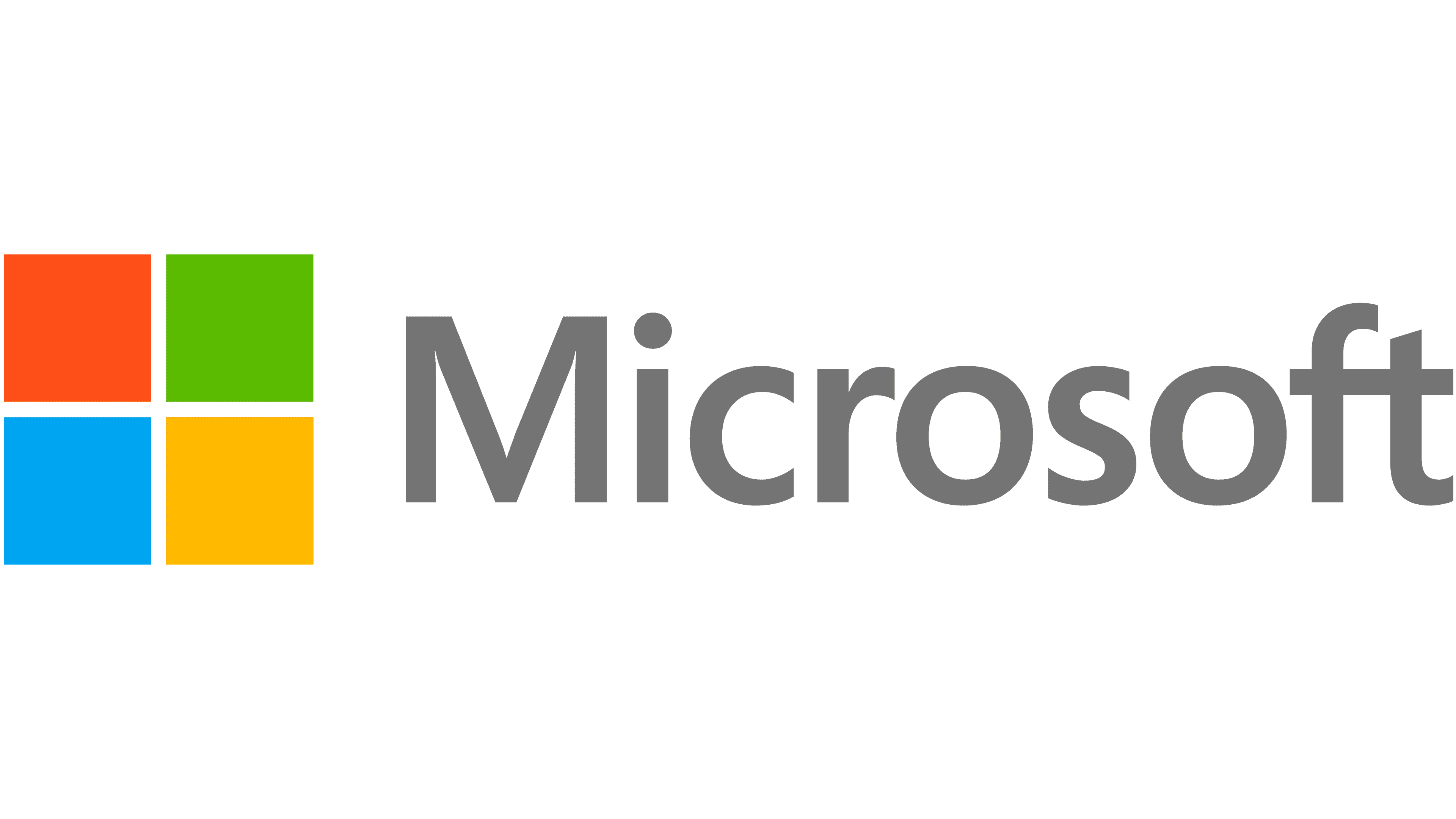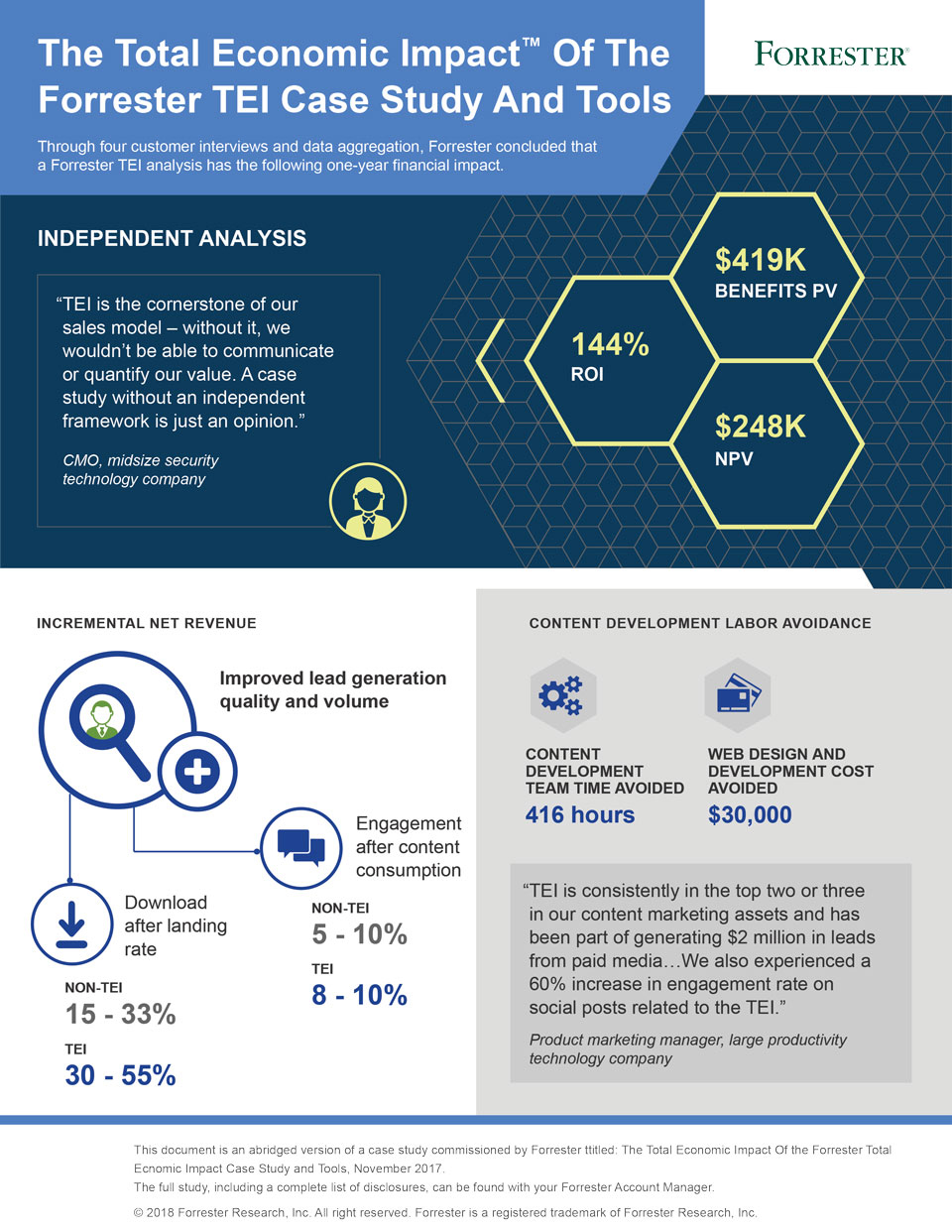With the number of meetings growing and calendars becoming increasingly booked, IT and business leaders are looking for tools to lessen the load on employees and help them focus on higher-value work while also making virtual collaboration more secure. Expected benefits of investing in Microsoft Teams Premium include freeing employees’ time through AI, automation, and scheduling functionality while improving the security position of the company through watermarking, end-to-end encryption, and sensitivity labels.
Microsoft Teams Premium is an upgrade to the Microsoft Teams collaboration suite and is powered by AI technology, such as OpenAI’s generative pre-trained transformer (GPT).1 Teams Premium offers users advanced collaboration functionality such as intelligent recap, end-to-end encryption, and meeting customization. These capabilities are designed to make meetings more productive and engaging, events more accessible, organizations more secure, and employees’ time more focused on higher-value tasks.
Microsoft commissioned Forrester Consulting to conduct a Total Economic Impact™ (TEI) study and examine the potential return on investment (PROI) enterprises may realize by deploying Teams Premium.2 The purpose of this study is to provide readers with a framework to evaluate the potential financial impact of Teams Premium on their organizations.
To better understand the benefits, costs, and risks associated with this investment, Forrester interviewed six representatives from five organizations and surveyed an additional 243 representatives with experience using and/or evaluating Teams Premium. Because Microsoft recently released many features of Teams Premium, this analysis focuses on just the features that interviewees and survey respondents were able to evaluate. However, it is possible that additional features released in the future may provide incremental business value that Forrester is not currently able to evaluate.
For the purposes of this study, Forrester aggregated the interviewees’ and survey respondents’ experiences and combined the results into a single composite organization that is a multibillion-dollar organization serving mostly B2B channels with employees using Microsoft 365 E3 and E5 licenses.
Interviewees and survey respondents noted that prior to using Teams Premium, their organizations and employees struggled to keep pace with increasing numbers of meetings. However, prior attempts to improve virtual meetings yielded limited success that left employees with overbooked calendars and resulted in meetings and events that were not as productive as possible.
After the investment in Teams Premium, the organizations saw improvements in their pilot test groups and are either already expanding their Teams Premium usage or planning for expansion in the near future. Key results from the investment include faster review of key meeting moments using intelligent recap, time saved using meeting templates and virtual appointments, saved labor from live webinar translations, and avoided cost of third-party licenses.
Consulting Team: Chris Layton, Kara Luk
Key Statistics
-
PROI
108% - 360%
-
PROJECTED BENEFITS PV
$821,000 - $1.8 million
-
PROJECTED NPV
$426,000 - $1.4 million
-
TOTAL COSTS
$395,000
Key Findings
Quantified projected benefits. Three-year, risk-adjusted present value (PV) quantified benefits for the composite organization include:
-
Faster review of key meeting moments using intelligent recap. The composite organization invests in Teams Premium in part to provide employees with a safe way to leverage generative AI through its intelligent recap feature. This generates intelligent notes for meetings as well as an audit trail of decisions. Over three years, this reduces the composite’s time to catch up from missed meetings by 50% to 90%, which is worth between $323,000 and $639,000 to the organization.
-
More efficient scheduling using meeting templates and virtual appointments. Employees using virtual appointments and meeting templates as a part of Teams Premium save time scheduling large numbers of meetings. Much of this is due to automated functions in Teams Premium that allow employees to reallocate time to higher-value tasks. Over three years, reducing this time by 40% to 80% is worth $328,000 to $689,000 to the composite organization.
-
Saved labor from automatic live translation for captions in webinars. Teams Premium enables the composite organization’s hosts to provide live caption translation during webinar events, which supports multiple languages in real time. This saves the hosts several hours per webinar because they no longer need to manually translate their speeches. This also allows the composite to reach new audiences. Over three years, the labor savings are worth between $29,000 and $116,000 to the composite organization.
-
Avoided cost of third-party licenses. In addition to saving employees time, Teams Premium also saves the composite organization third-party license costs. This is driven by the broad range of functionality that Teams Premium offers, which means the composite can consolidate the number of licenses employees require for video calling, meeting encryption, and webinar hosting. This saves the composite organization between $141,000 and $376,000 over three years.
Unquantified benefits. Benefits that provide value for the composite organization but are not quantified for this study include:
-
Protection of intellectual property. Teams Premium protects the intellectual property of the composite organization through watermarking, sensitivity labels, preset meeting security settings, and end-to-end encryption. This helps employees securely collaborate in virtual environments and provides stakeholders with trust that intellectual property is properly secured.
-
More effective meetings. With its average number of meetings growing significantly, the composite organization improves its “meeting culture” with Teams Premium. It does this by reducing the number of meetings employees need to attend, which allows meetings to become more effective. In turn, this lowers the cognitive load for many employees, because AI-generated notes are automatically available, and leaders can make better decisions.
-
Additional saved time after meetings. Teams Premium users in the composite organization save additional time after meetings by leveraging notes automatically provided by intelligent recap. This provides them with an automatic audit trail of decisions as well as assigned next steps.
-
Fewer errors and less misrepresentation. In addition to making meetings more effective for those participating, Teams Premium provides more accurate recaps and notes for those who do not join and who previously would need to refer to shorthand notes or potentially biased meeting recaps directly from attendees.
-
Improved employee satisfaction. Teams Premium helps shift meeting culture and workloads, reducing administrative work and improving employee satisfaction. Employees reallocate their time during work to more important and engaging tasks and reduce time during non-work hours catching up from missed meetings.
Costs. Three-year, risk-adjusted PV costs for the composite organization include:
-
Teams Premium licenses (non-discounted). The composite organization pays the non-discounted price of $10 per employee per month for Teams Premium. Over three years, this costs the composite organization $231,000 in Teams Premium licenses.
-
Training, administration, and experimentation. The composite’s employees need brief training on Teams Premium to learn how to best leverage the new features as a part of their day-to-day work. In addition, employees spend time experimenting on their own, and IT leaders also require a small amount of time to administer licenses and evaluate the roles best suited for Teams Premium licenses. The cost of this combined labor is $164,000 for the composite organization over a three-year period.
Forrester modeled a range of projected low-, medium-, and high-impact outcomes based on evaluated risk. This financial analysis projects that the composite organization accrues the following three-year net present value (NPV) for each scenario by enabling Microsoft Teams Premium:
-
Projected high impact of a $1.4 million NPV and projected ROI of 360%.
-
Projected medium impact of a $904,000 NPV and projected ROI of 229%.
-
Projected low impact of a $426,000 NPV and projected ROI of 108%.
Benefits (18 Months)
Faster review of key meeting moments using intelligent recap Time saved using Teams meetings templates and virtual appointments Saved labor from automatic live webinar translation Avoided cost of third-party licensesNEW TECH TEI FRAMEWORK AND METHODOLOGY
From the information provided in the interviews, Forrester constructed a New Technology: Projected Total Economic Impact™ (New Tech TEI) framework for those organizations considering an investment in Microsoft Teams Premium.
The objective of the framework is to identify the potential cost, benefit, flexibility, and risk factors that affect the investment decision. Forrester took a multistep approach to evaluate the projected impact that Teams Premium can have on an organization.
-
DUE DILIGENCE
Interviewed Microsoft stakeholders and Forrester analysts to gather data relative to Microsoft Teams Premium.
-
EARLY-IMPLEMENTATION INTERVIEWS
Interviewed six representatives at five organizations using Teams Premium in a pilot or beta stage to obtain data with respect to projected costs, benefits, and risks. Surveyed an additional 243 IT collaboration suite decision-makers.
-
COMPOSITE ORGANIZATION
Designed a composite organization based on characteristics of the interviewees’ and survey respondents’ organizations.
-
PROJECTED FINANCIAL MODEL FRAMEWORK
Constructed a projected financial model representative of the interviews using the New Tech TEI methodology and risk-adjusted the financial model based on issues and concerns of the interviewees.
-
CASE STUDY
Employed four fundamental elements of New Tech TEI in modeling the investment’s potential impact: benefits, costs, flexibility, and risks. Given the increasing sophistication of ROI analyses related to IT investments, Forrester’s TEI methodology provides a complete picture of the total economic impact of purchase decisions. Please see Appendix A for additional information on the TEI methodology.
DISCLOSURES
Readers should be aware of the following:
This study is commissioned by Microsoft and delivered by Forrester Consulting. It is not meant to be used as a competitive analysis.
Forrester makes no assumptions as to the potential ROI that other organizations will receive. Forrester strongly advises that readers use their own estimates within the framework provided in the study to determine the appropriateness of an investment in Teams Premium.
Microsoft reviewed and provided feedback to Forrester, but Forrester maintains editorial control over the study and its findings and does not accept changes to the study that contradict Forrester’s findings or obscure the meaning of the study.
Microsoft provided the customer names for the interviews but did not participate in the interviews.

